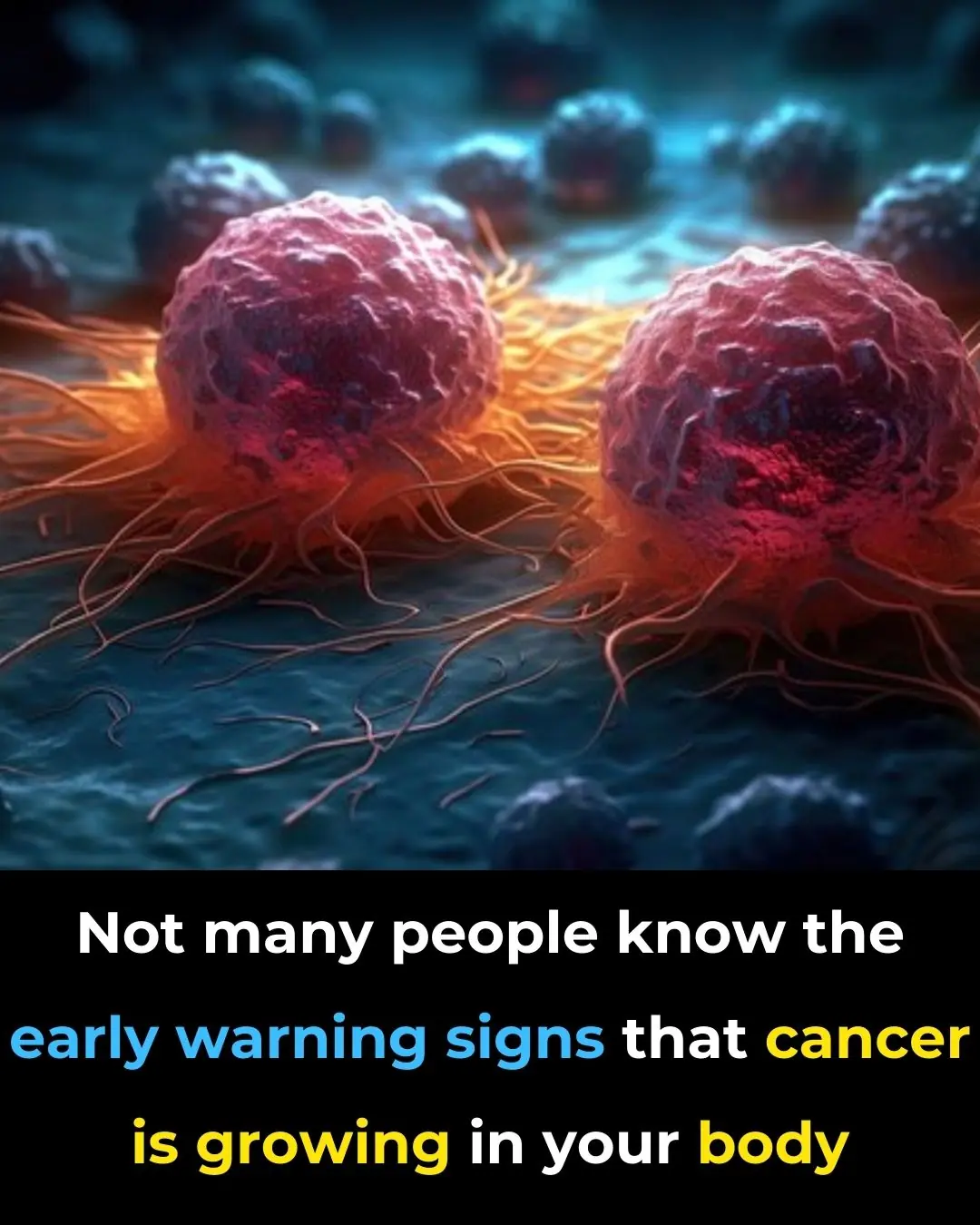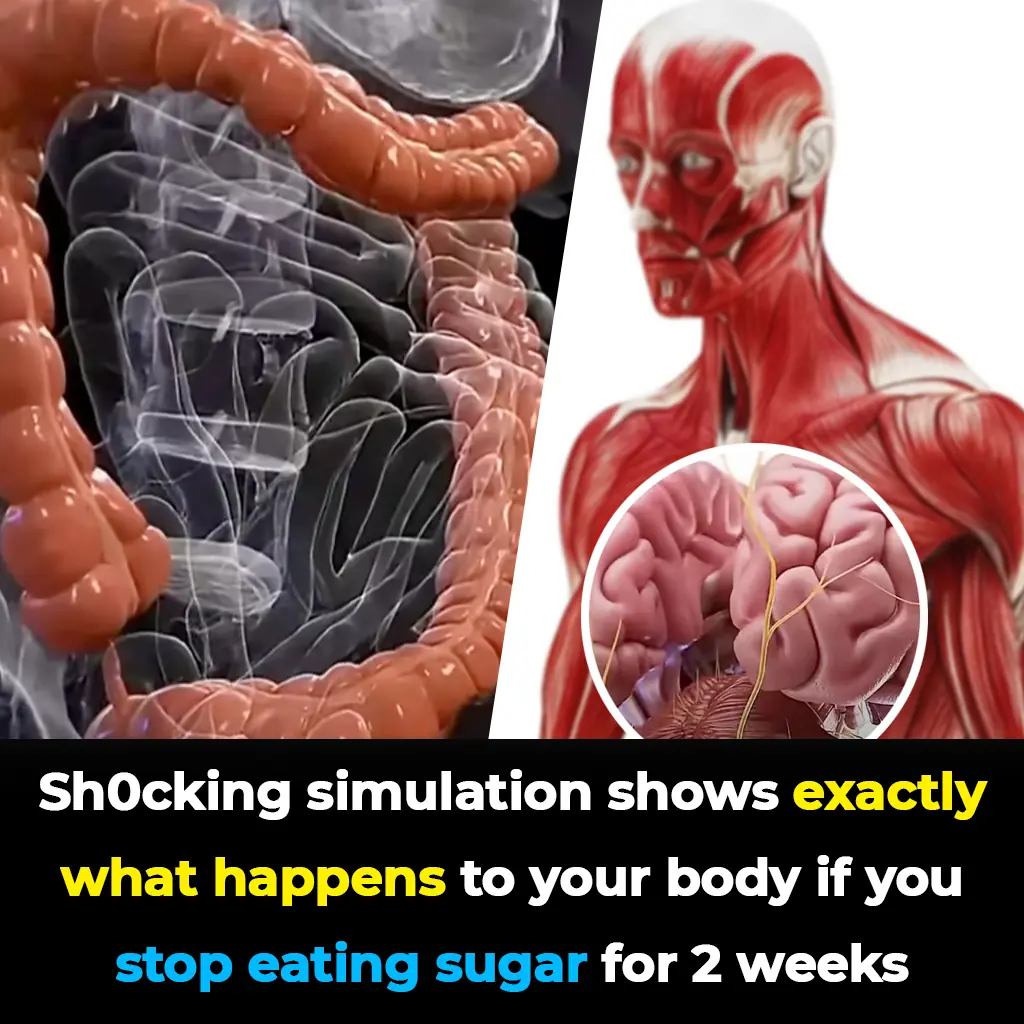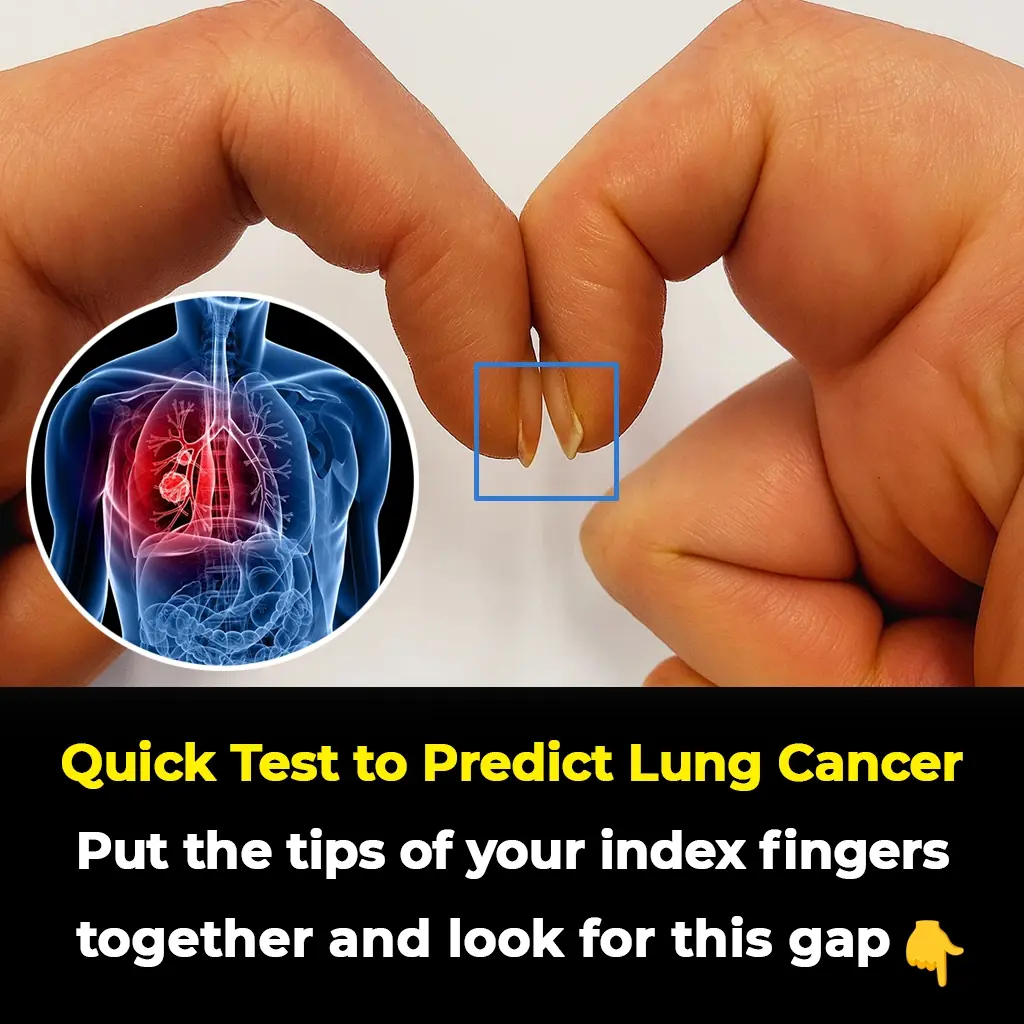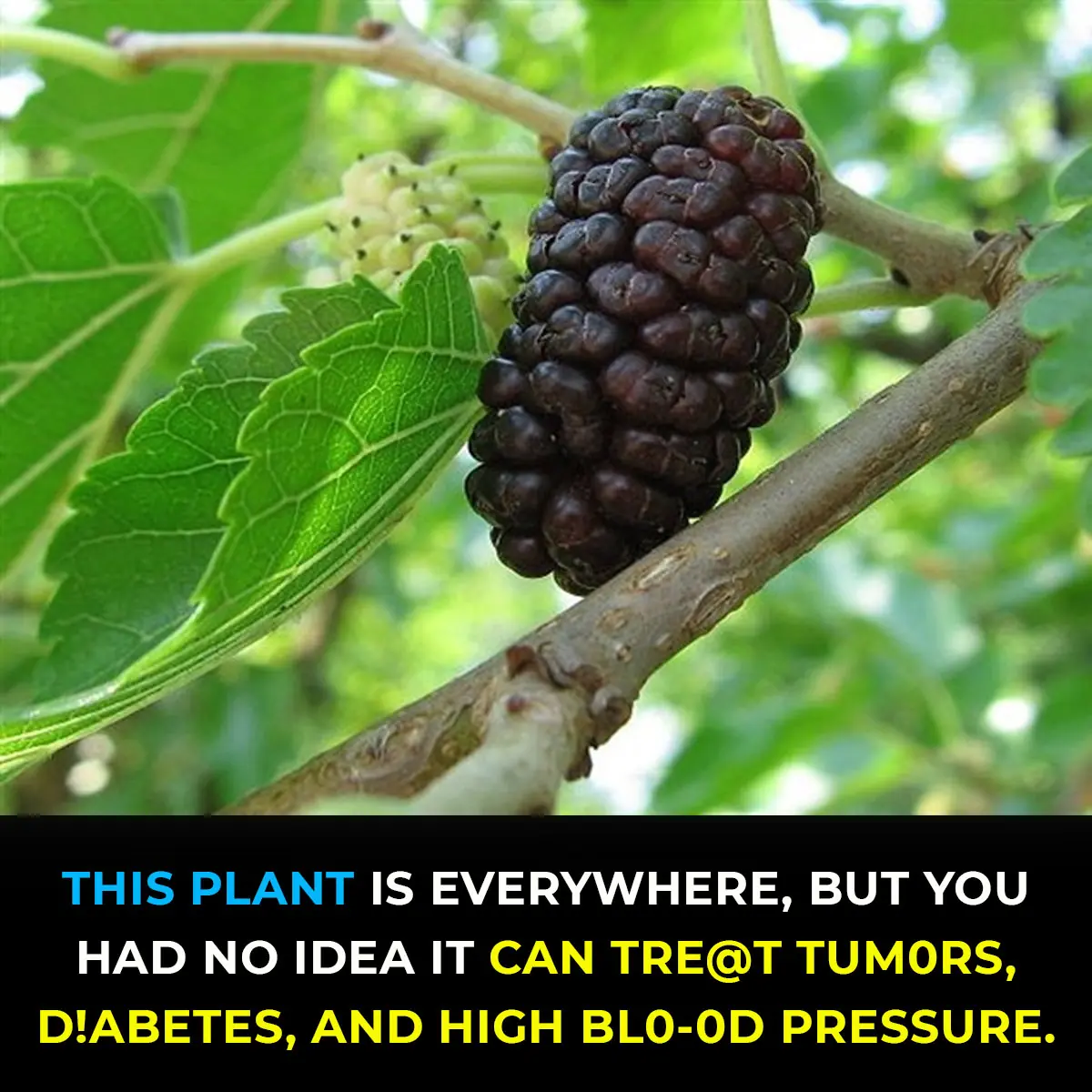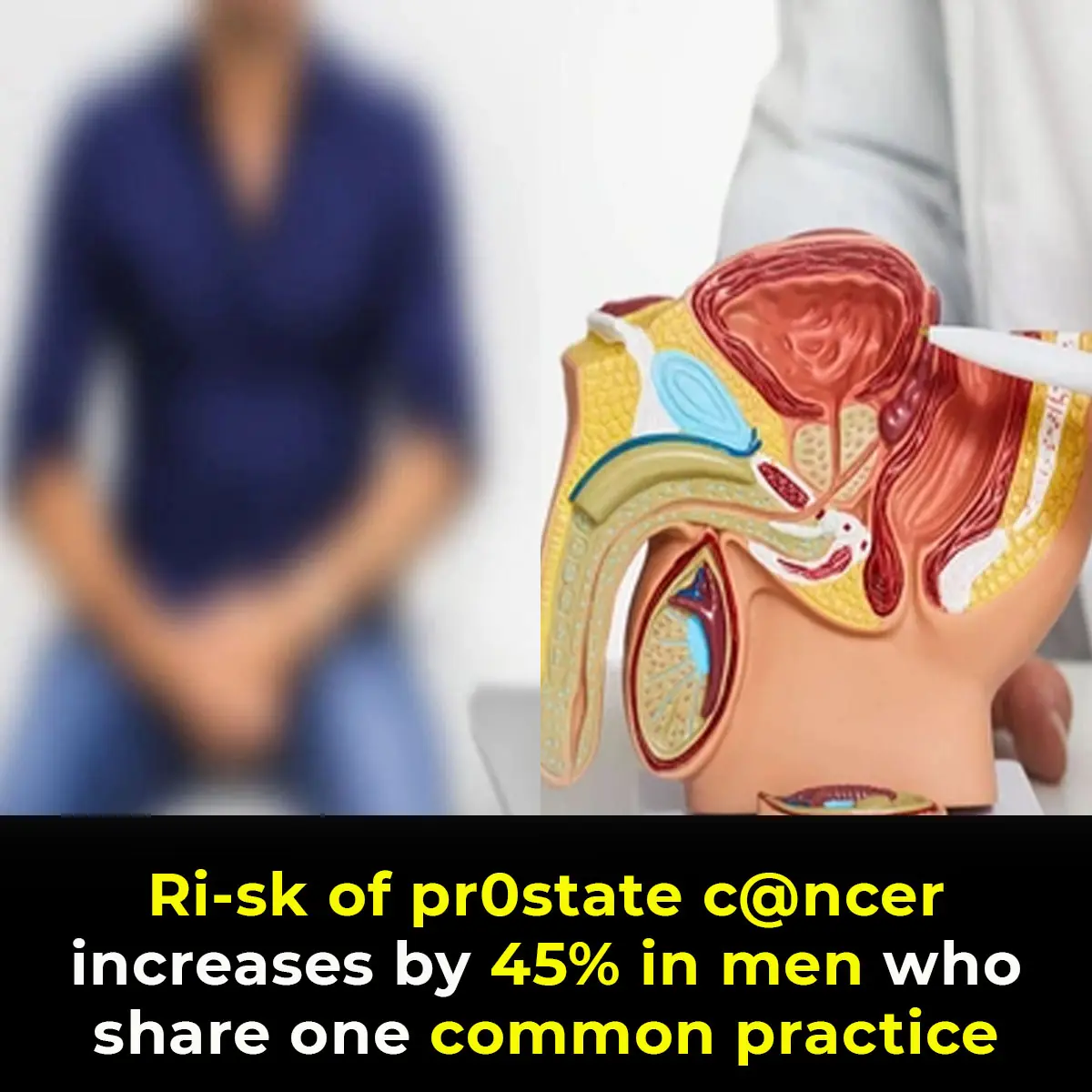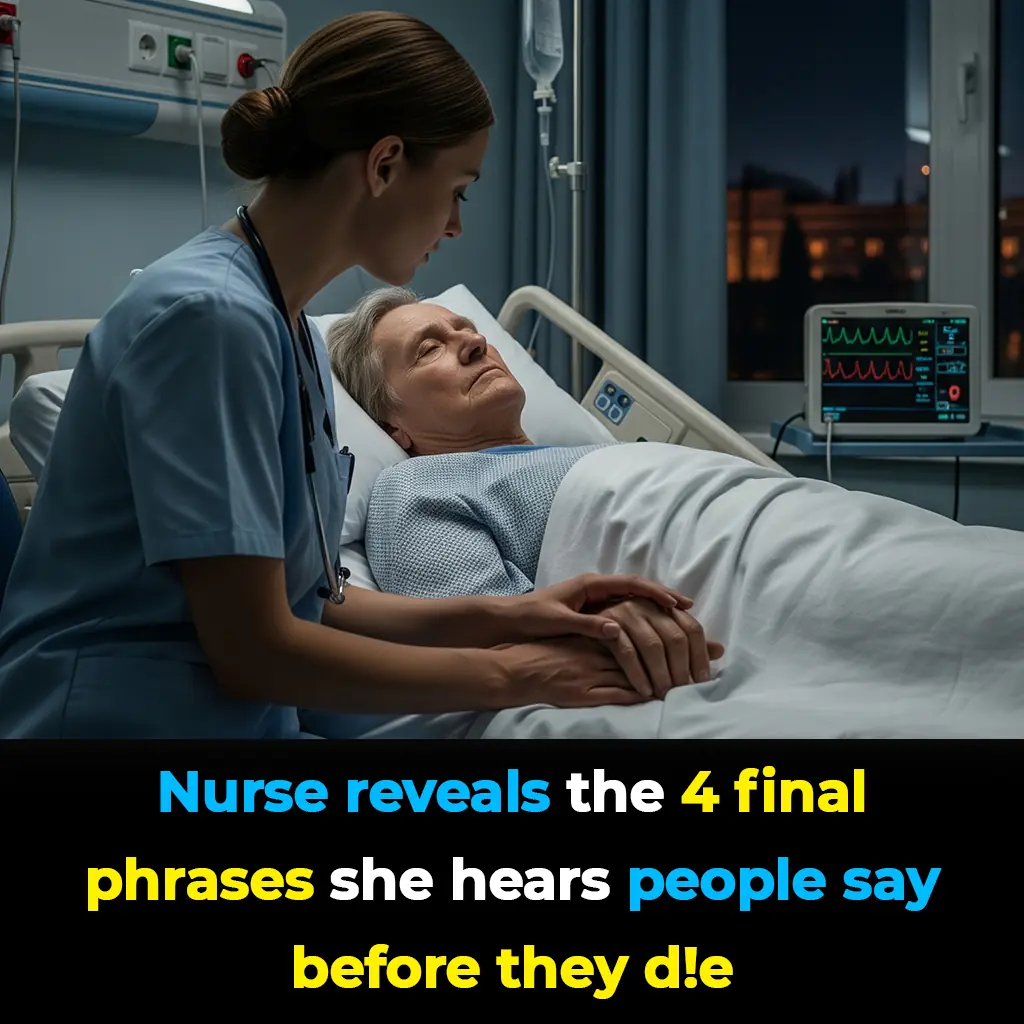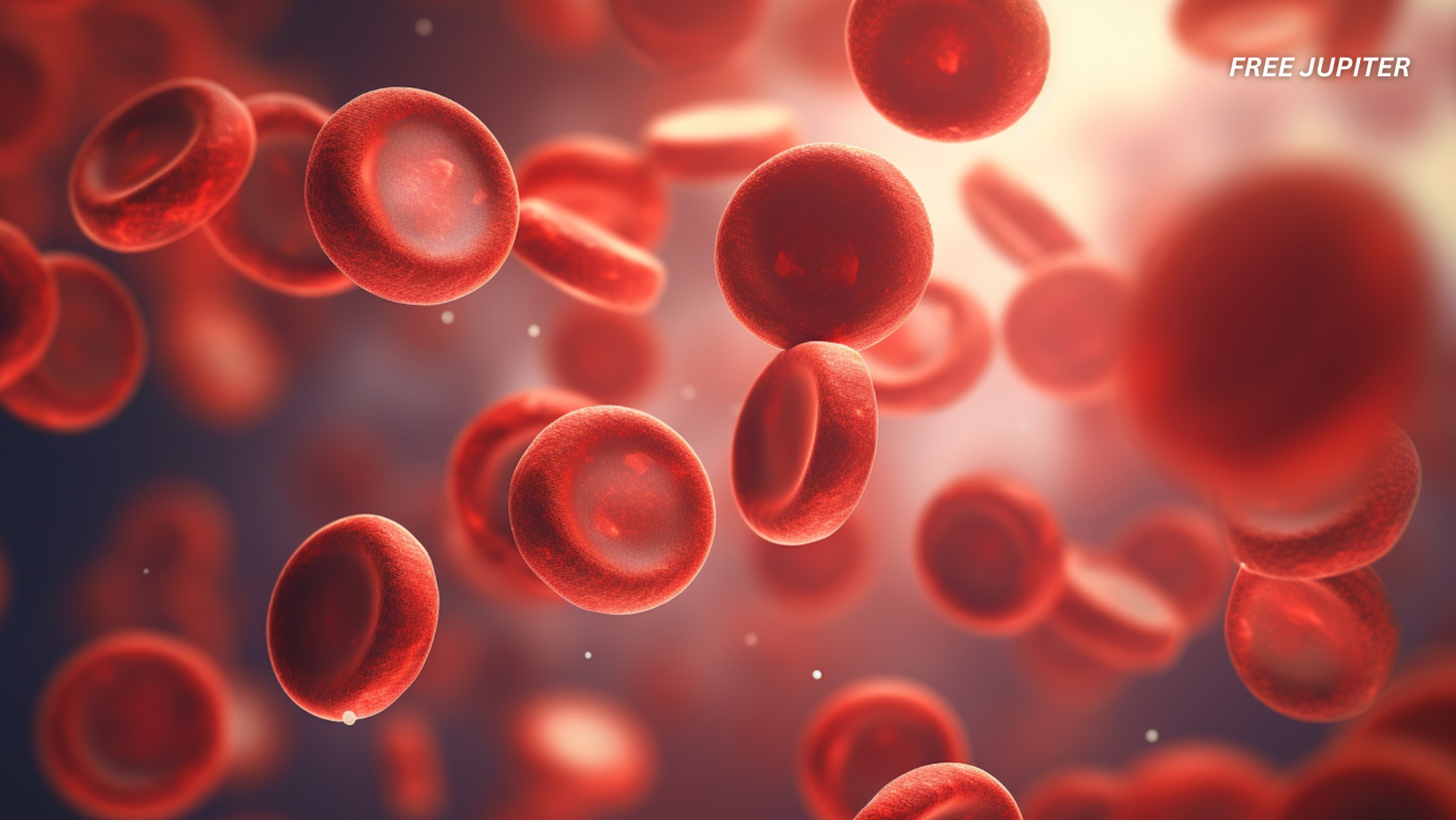
Blood clots are one of the body’s most ingenious self-defense tools. When a blood vessel is injured, your body responds swiftly, forming a clot to seal the damage and prevent excessive bleeding. It’s like having an internal emergency response team, always on standby. This natural process is vital—it saves lives every day.
But while clots can be life-saving in the right context, they can also become life-threatening when they appear in the wrong place at the wrong time. Sometimes, blood clots form without any injury, creating dangerous blockages in the circulatory system. These unexpected clots can silently travel through the body and lead to serious complications.
Understanding Deep Vein Thrombosis (DVT)
Imagine your bloodstream as a massive, high-speed highway system. Now envision a sudden traffic jam—one that blocks crucial lanes and brings movement to a near halt. That’s essentially what happens when a deep vein thrombosis (DVT) develops. These clots usually form in the deep veins of the legs or arms and can disrupt normal blood flow, potentially leading to serious medical emergencies.
“Clots in deeper veins are concerning because they not only obstruct circulation but also have the potential to break loose and travel to the lungs,” explains Dr. Luis Navarro, a vascular specialist and founder of the Vein Treatment Center in New York. When that happens, a DVT can turn into a pulmonary embolism (PE)—a far more dangerous and often life-threatening condition.
The Hidden Danger: Subtle Symptoms You Shouldn’t Ignore
One of the most difficult aspects of diagnosing blood clots is that they often don’t come with obvious symptoms. They’re not dramatic or easily spotted. Many signs are subtle and can be easily brushed off as minor or everyday issues like fatigue, soreness, or a pulled muscle. But recognizing these symptoms early could be the difference between a full recovery and a medical emergency.
If you’re at risk, pay close attention to these warning signs:
1. Sudden Swelling in One Limb
If one leg or arm suddenly becomes swollen—especially without an obvious cause like injury or overuse—it’s time to pay attention. Rapid, unexplained swelling is a hallmark symptom of DVT.
“When a clot forms in a deep vein, it impedes normal blood flow, leading to fluid buildup behind the blockage,” says Dr. Navarro.
While temporary swelling can happen after travel or prolonged standing, persistent or one-sided swelling accompanied by pain or tenderness deserves medical evaluation. This kind of swelling often feels tight or heavy and may worsen throughout the day.
2. Persistent Aching or Cramping in the Leg or Arm
Muscle aches happen. Whether from exercise or poor sleep posture, most of us chalk them up to harmless causes. But clot-related pain has its own characteristics.
“Clot pain can mimic a pulled muscle or charley horse,” Dr. Navarro notes. “But it usually intensifies with movement—particularly walking or flexing the foot.”
If pain persists or is paired with swelling, warmth, or discoloration, it’s not something to ignore. Blood clots don’t resolve on their own—they require intervention.
3. Skin That’s Red, Discolored, or Warm to the Touch
Changes in skin color or temperature can signal a clot beneath the surface. If your skin suddenly appears reddish, purplish, or feels warm in one specific area, it may be due to inflammation and restricted circulation caused by a clot.
“Unlike bruises that fade over time, this type of skin redness tends to stay and may spread,” Dr. Navarro says.
You won’t see the clot directly, but your skin is one of the few outward indicators of internal vascular trouble. Any persistent skin changes should be evaluated.
4. Chest Pain That Mimics a Heart Attack
Sharp, sudden chest pain often prompts panic—and rightly so. But while many people immediately think “heart attack,” the real culprit might be a pulmonary embolism.
“Both conditions can cause chest pain, but PE pain is often sharp, stabbing, and worsens with deep breaths,” says Dr. Navarro.
Heart attack pain, in contrast, typically radiates outward from the chest to the jaw, neck, or arm. If you’re unsure, don’t wait. Emergency professionals can determine the cause quickly. Time is critical.
5. A Persistent, Dry Cough with No Clear Cause
Coughing is usually harmless—related to allergies, colds, or irritants. But a dry, unexplained cough that doesn’t go away and is accompanied by chest pain, shortness of breath, or a fast heart rate could signal a pulmonary embolism.
“A clot in the lungs can trigger a lingering cough. In severe cases, people may even cough up blood,” warns Dr. Navarro.
If your cough feels different than usual or is accompanied by other concerning symptoms, get checked immediately.
6. A Rapid or Irregular Heartbeat
Your heart may beat faster than normal when you're anxious or after exercise. But if it’s racing without reason, it could be a sign your body is trying to compensate for low oxygen levels caused by a PE.
“When oxygen supply is disrupted, the heart speeds up to make up for it,” says Dr. Lewis Nelson, an emergency medicine expert at Rutgers New Jersey Medical School.
If your pulse is elevated along with chest discomfort or breathlessness, it’s a red flag that shouldn’t be dismissed.
7. Feeling Dizzy, Lightheaded, or Faint
Lightheadedness can happen from standing up too quickly or dehydration. But when it occurs with symptoms like shortness of breath, rapid heart rate, or chest pain, it may suggest a more serious problem.
“When the brain doesn’t get enough oxygen, fainting or dizziness can occur quickly,” Dr. Nelson explains.
A study in the New England Journal of Medicine found that pulmonary embolisms were responsible for nearly 17% of fainting-related hospitalizations among older adults—a statistic that underscores the seriousness of this symptom.
Who’s at Higher Risk for Blood Clots?
Not everyone is equally vulnerable. Several risk factors make certain individuals more prone to blood clot development:
-
Extended immobility: Long flights, bed rest, or long periods of sitting
-
Surgery or trauma: Especially involving the legs or hips
-
Genetic disorders: Inherited conditions that increase clotting tendency
-
Pregnancy & hormonal birth control: Both can elevate clotting risk
-
Chronic diseases: Cancer, obesity, heart failure, or autoimmune conditions
-
Smoking: Damages blood vessels and increases clot formation
-
Age: Risk increases significantly after age 60
Knowing your personal risk can guide you in taking preventive steps—like wearing compression stockings on long trips, staying hydrated, and moving regularly.
When to Seek Emergency Help
Here’s a rule of thumb: if you’re experiencing multiple symptoms—such as sudden swelling, unexplained pain, shortness of breath, or chest discomfort—don’t wait. These signs need immediate medical evaluation.
The reassuring news? Blood clots are treatable, especially when caught early. Doctors may prescribe blood thinners, clot-dissolving drugs, or even perform minimally invasive procedures to remove the clot and restore blood flow.
Listen to Your Body
Your body often gives you warning signs before a serious condition develops. Unexplained symptoms that come on suddenly—or feel different from your usual aches and pains—are worth listening to. They might be your body’s way of sounding the alarm before it’s too late.
When in doubt, get checked out. Acting quickly could save your life.







